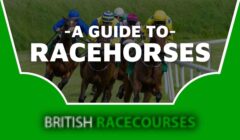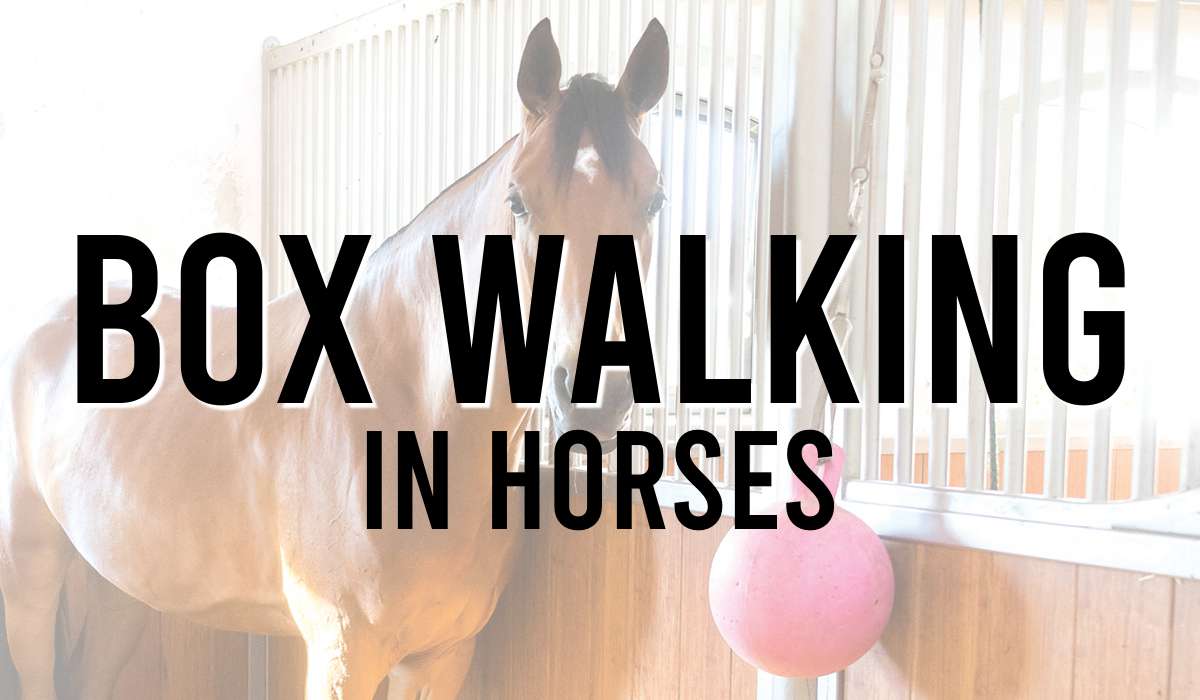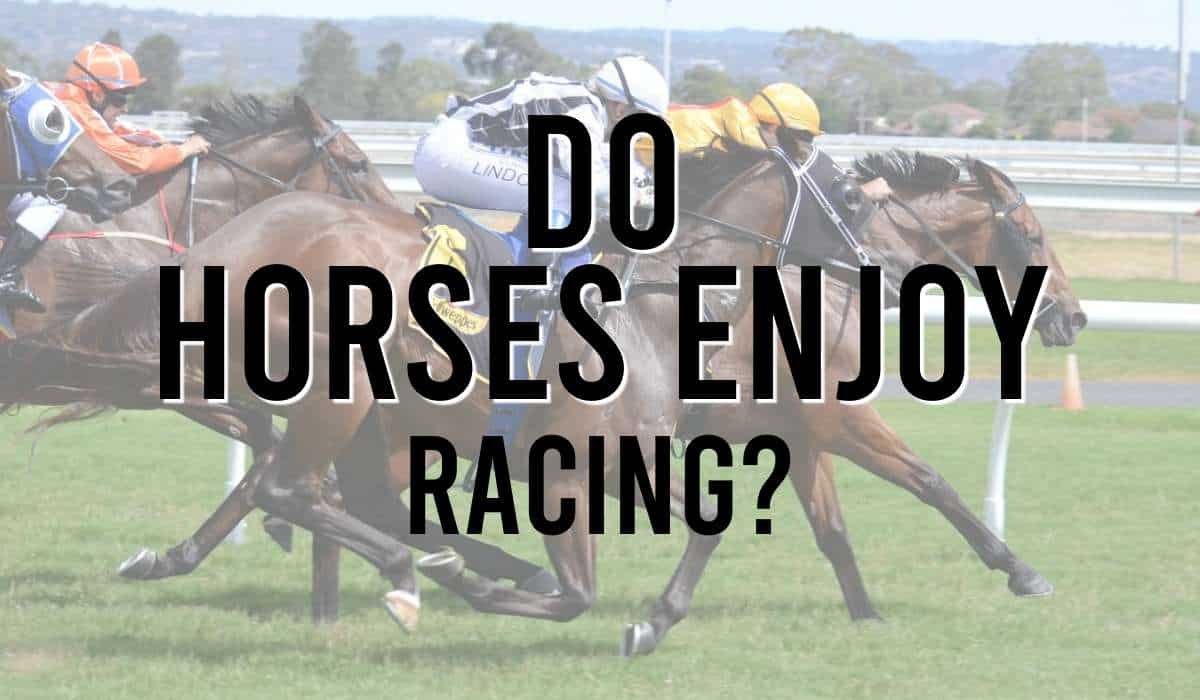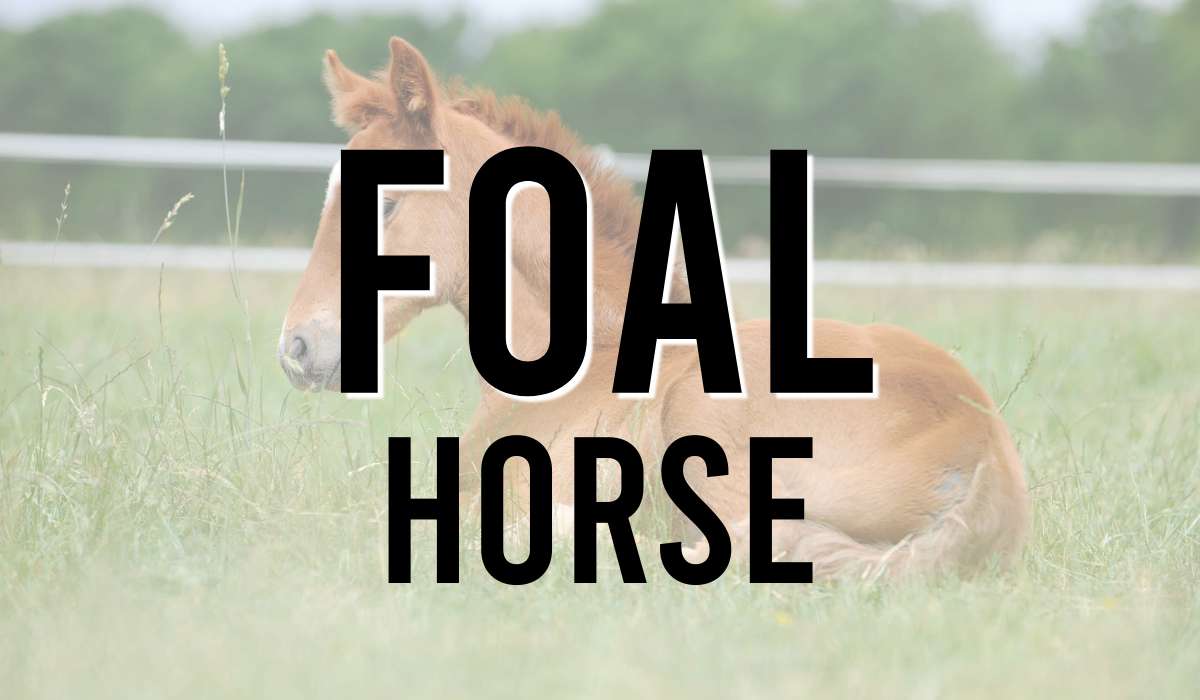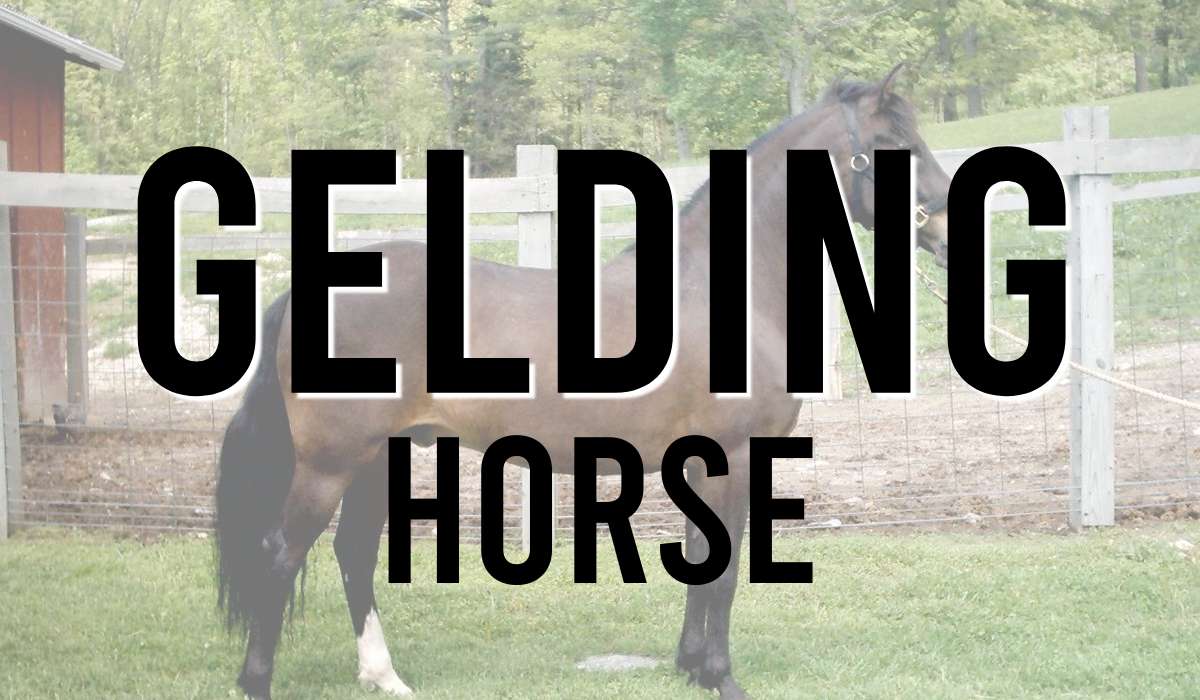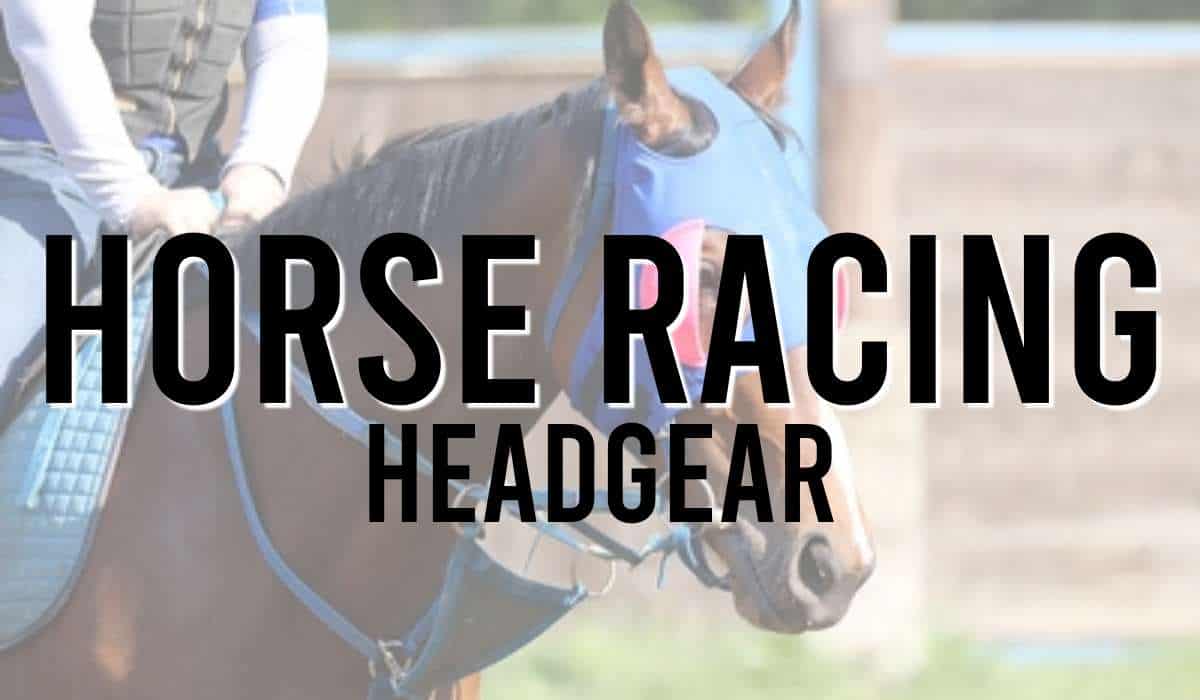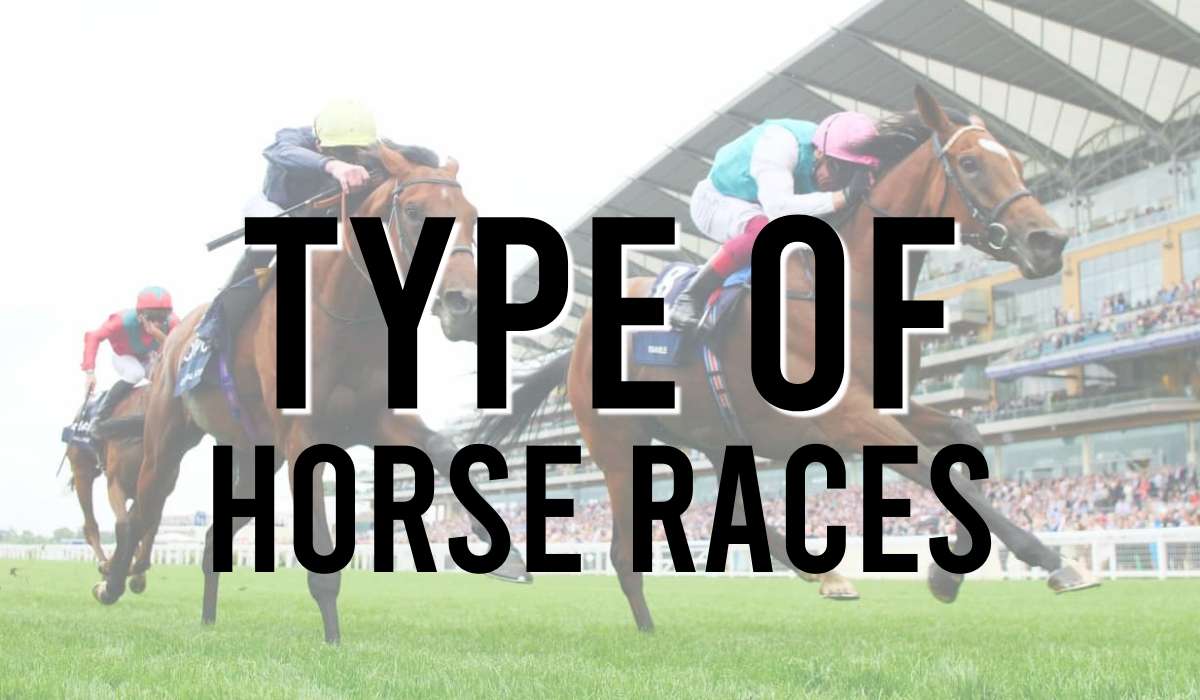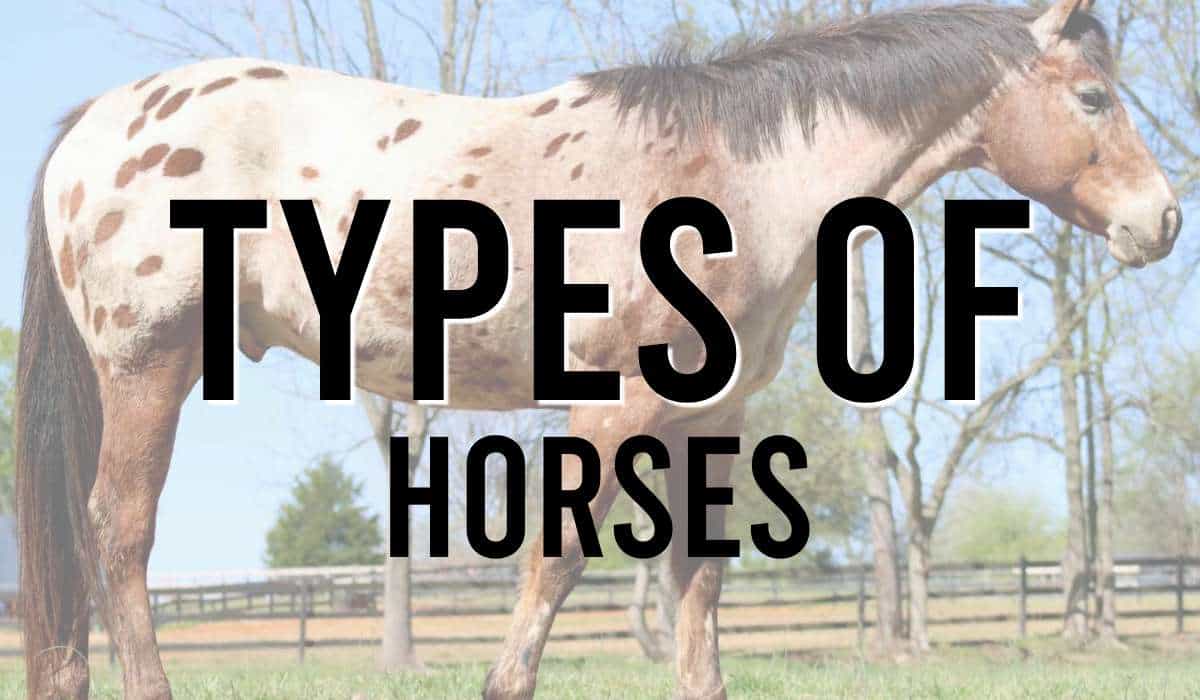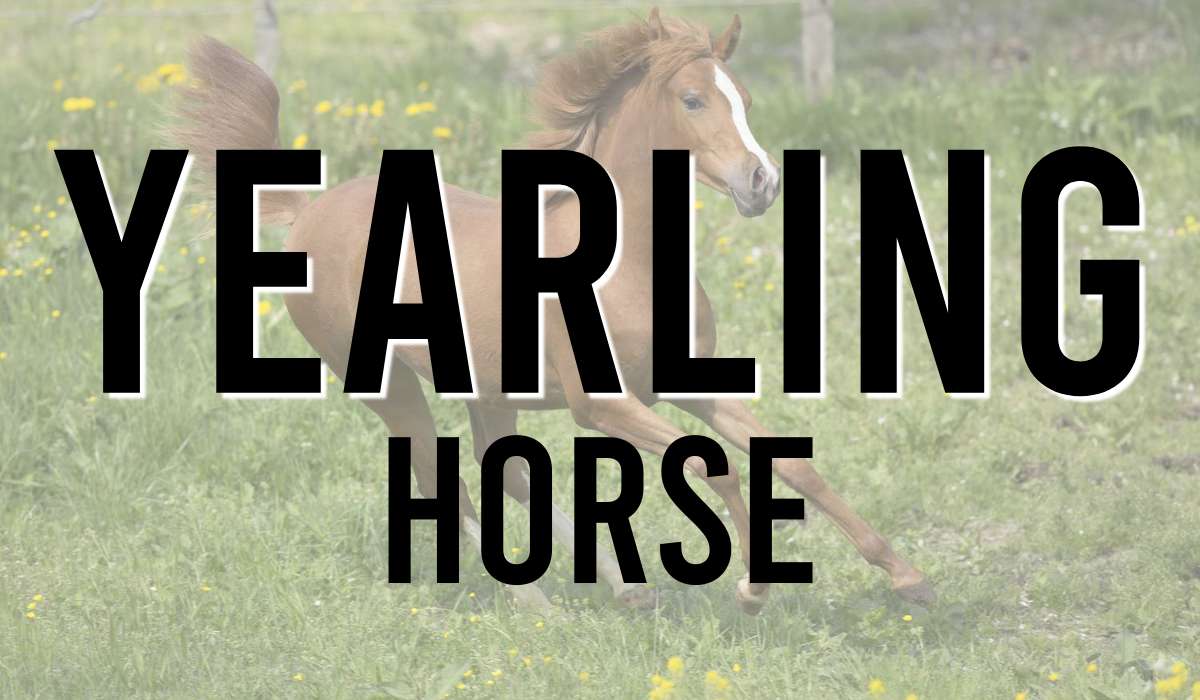Horses run in various applications of headgear to assist the racehorse’s chances of winning.
The variety of horse racing headgear used in horse racing can be confusing for punters.
Headgear in horse racing is used by trainers to try and improve a horse’s overall performance and assist issues like a horse running green or lack of concentration on racing.
In our Horse Racing Headgear guide, we explain the different types of headgear and the purpose of deploying headgear on racehorses.
Why is headgear used on racehorses?
The application of headgear is used on racehorses to try and improve the horse’s chances of winning a race.
Headgear is used by the leading horse racing trainers to try and seek improvement in a horse’s overall performance, and different types of headgear can be used to correct different issues
There are many different types of headgear that help the horse to concentrate more and remain relaxed.
Many racehorses overexert and waste energy prior to the race and the header apparatus is used to help keep horses calm.
Deploying headgear on racehorses help focus a horse on its job and remain concentrated on racing with some headgear limiting view to side or rear vision.
Types of Horse Racing Headgear
Here are the main types of horse racing headgear apparatus.
- Blinkers
- Visor
- Hood
- Cheek pieces
- Tongue strap
- Eye covers
- Eyeshield
- Earplugs
- Noseband
The list of horse headpieces is designed to improve control over the racehorses.
Blinkers
Blinkers are a piece of horse tack that prevent the horse from seeing to the rear and to the side.
Blinkers (aka blinders) are worn over a horse’s head with holes for both the eyes and ears.
Eye holes are fitted with cups that stop any peripheral and rear vision but allow the horse to see forward.
Horse racing blinkers are used on racehorses to try and get them to focus and concentrate on racing and not be distracted by what is happening to the side or rear.
Check out our full guide on all horses running today in blinkers headgear. The data shows the biggest improvement in performance is usually seen when the blinkers are put on for the first time.
Visors
Visors are a piece of horse tack that prevent the horse from seeing to the rear, but allows vision to the side with slits cut into the eye-cups.
Horse racing visors are similar to blinkers in appearance other than they have slits cut into the eye-cups allowing a horse partial peripheral vision.
The slits in the eye-cups are designed to prevent a racehorse from panicking if it can’t see the other runners.
The slit on the visor headgear provides the reassurance that there are other runners but maintains the focus of going forward.
Check out our full guide on all horses running today in visors headgear.
Hood
A hood is a piece of headgear that has ear covers and no eye cups.
The horse racing hood is not used for concentration but rather for horses that may be nervous about crowds and noises.
The hoods are padded around the ears and so restrict the noise of the crowd, allowing a nervous horse to be calmed down.
An application of a hood on a racehorse is similar to using earplugs and the hood headgear is great to settle highly strung horses.
Hoods are particularly useful with juveniles and are sometimes often used in just the parade ring.
Why are racehorses wearing red hoods?
Racehorses wear red hoods to cover their ears and head in order to keep them calm.
The red hood has padded areas blocking out sound, meaning those who can get a bit nervous and edgy from the noises of racing and crowds are able to settle down.
Cheekpieces
Cheekpieces are two pieces of soft length sheepskin of equal length that are attached to the horse’s bridle and down the side of the horse’s head from ear to mouth.
Cheekpieces are a form of headgear (aka french blinkers) that racehorses are allowed to wear for UK or Irish racing.
Cheek pieces have a similar purpose to horse racing blinkers or visors which greatly reduces a horse’s range of vision and make the horse focus on what’s happening in front rather than by the horse’s side or rear.
Check out our full guide on all horses running today in cheekpieces headgear. Cheekpieces are usually worn by horses that find it hard to maintain a straight line, and perhaps go wandering on the track.
Tongue Strap
Tongue straps are used to tie down a horse’s tongue and help the racehorse breathe during the race.
Some horses race with their tongues out of their mouths and the tongue straps stop the tongue from impeding a horse’s breathing during racing.
For racehorses who struggle with breathing during a race, the application of tongue straps helps the horse run to its optimum.
Check out our full guide on all horses running today in tongue straps headgear.
Eye Covers
Eye covers are used when a racehorse is blind in one eye and it is used as protection for the damaged eye.
Eye covers are applied on one eye only with a non-transparent cover.
Eye covers are rarely used on the racecourse and are a similar application to the headgear of blinkers.
Eyeshield
Eye shields are similar to blinkers but cover the whole eye like wearing goggles.
The eyeshield is used as protection for the eyes on all-weather surfaces where the horse’s face kick-back.
The eyeshield has eye-cups to restrict the horse’s view so also the headgear is used to make the horse focus.
Ear Plugs
Earplugs are used on nervous horses to block noises that can distract and upset them.
When horses get worked up pre-race they can waste a lot of energy so earplugs help settle them.
Made from memory foam, the earplugs are placed in the horse’s ears and kept in place with a cord attached to the horse’s bridle.
Noseband
Sheepskin nosebands are a fabric attached to the noseband that is deployed on horses to improve their concentration.
The application of a noseband on horses who have shown a high head carriage when racing.
It encourages the horse to look down towards its nose and therefore keeps the horse’s head carriage down.
Does Headgear Need To Be Declared Before Racing?
All horse racing headgear (except nosebands) must be declared when at the final declaration stage.
The headgear that has been declared must then be worn on the way to the start of the race and in the race itself.
If the headgear is not worn which is part of the declaration on the racecard then the horse will be withdrawn.
Horse Racing Headgear Abbreviations
Here are the horse racing headgear abbreviations as they appear on a racecard:
- Blinkers – b
- Visor – v
- Hood – h
- Cheek pieces – p
- Eye covers – ec
- Eyeshield – es
- Tongue strap – t
- Earplugs – no denotation shown on racecards
- Noseband – no denotation shown on racecards
When a racehorse wears blinkers, a visor, a hood or cheekpieces for the first time the abbreviation will be accompanied by the number 1.
For example, v1, means visors are being worn for the first time.
Summary
Many horse racing trainers are trying to find ways to improve their horse’s performances on the race track and the application of headgear is certainly a popular decision among the top-rated trainers.
When studying horse racing form for some quirky racehorses who get worked up before the race the headgear application is a must and has been proven to achieve higher RPR ratings or official ratings.
The use of blinkers and visors for colts can stop them from being distracted by the opposite sex (fillies and mares) and some trainers castrate the horse to help them remain focused on the job of racing.
Researching which horses are using headgear is part of the analysis from the top horse racing tipsters like David Dooley and it was recently voted in the top 10 most important factors by shrewd punters when studying the formbook of horse racing.
Other important formbook factors included:
- Horse Racing Top Speed Ratings
- Best Backed Horses of the Day
- Previous Course and Distance Winners
- Trainers in Good Form
- Jockeys in Good Form
- Horses Travelling a Long Distance
- Horses Dropped in Grade
The most successful sports bettors analyse factors to make a calculated decision on who to wager bets on and Horse Racing Headgear is certainly a well-researched topic.
